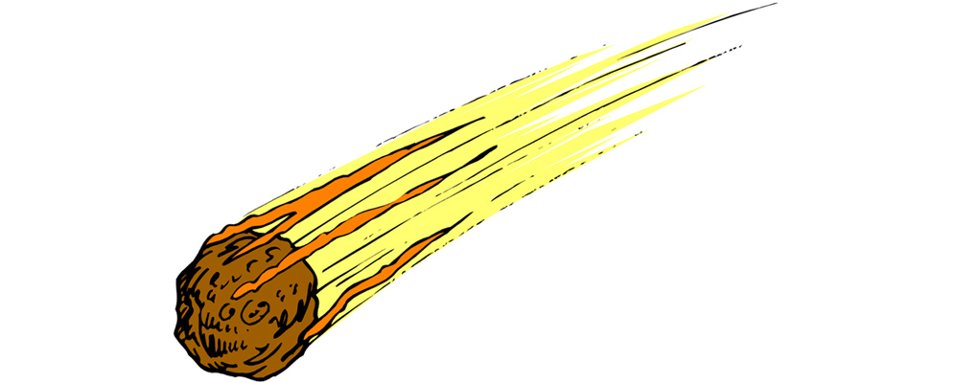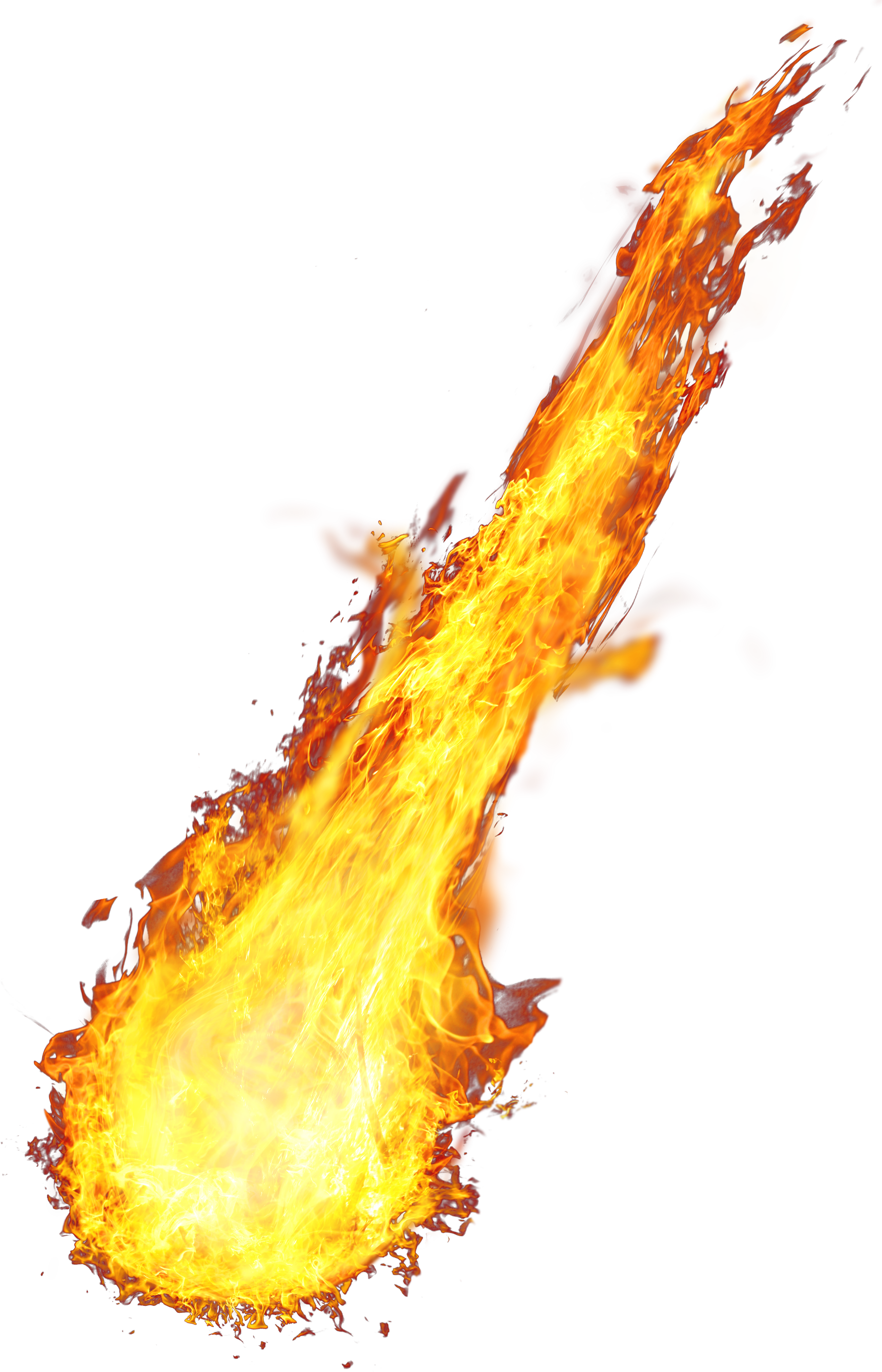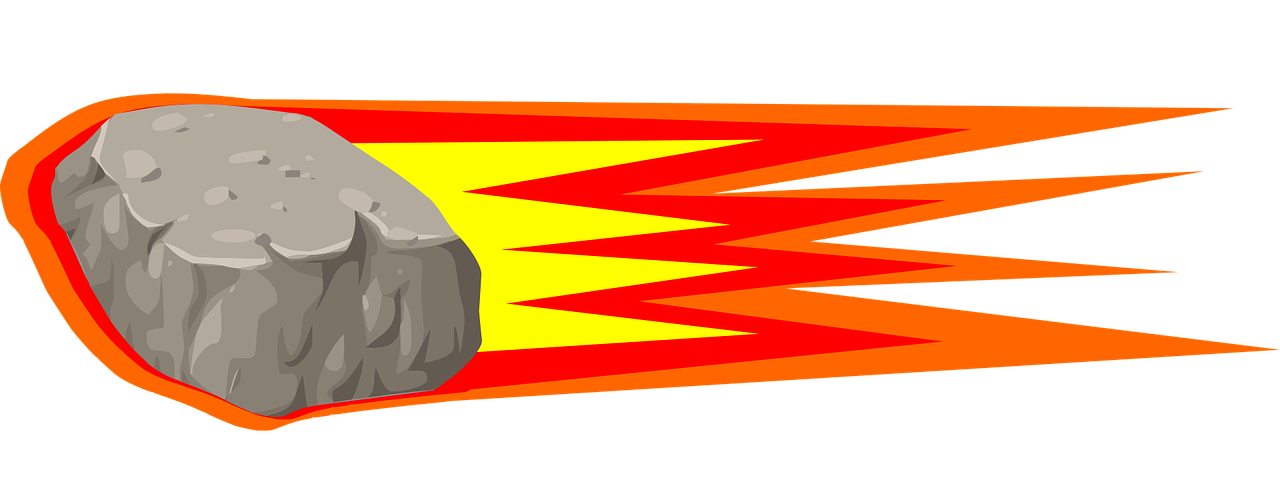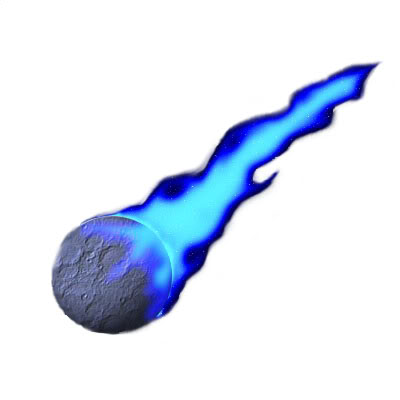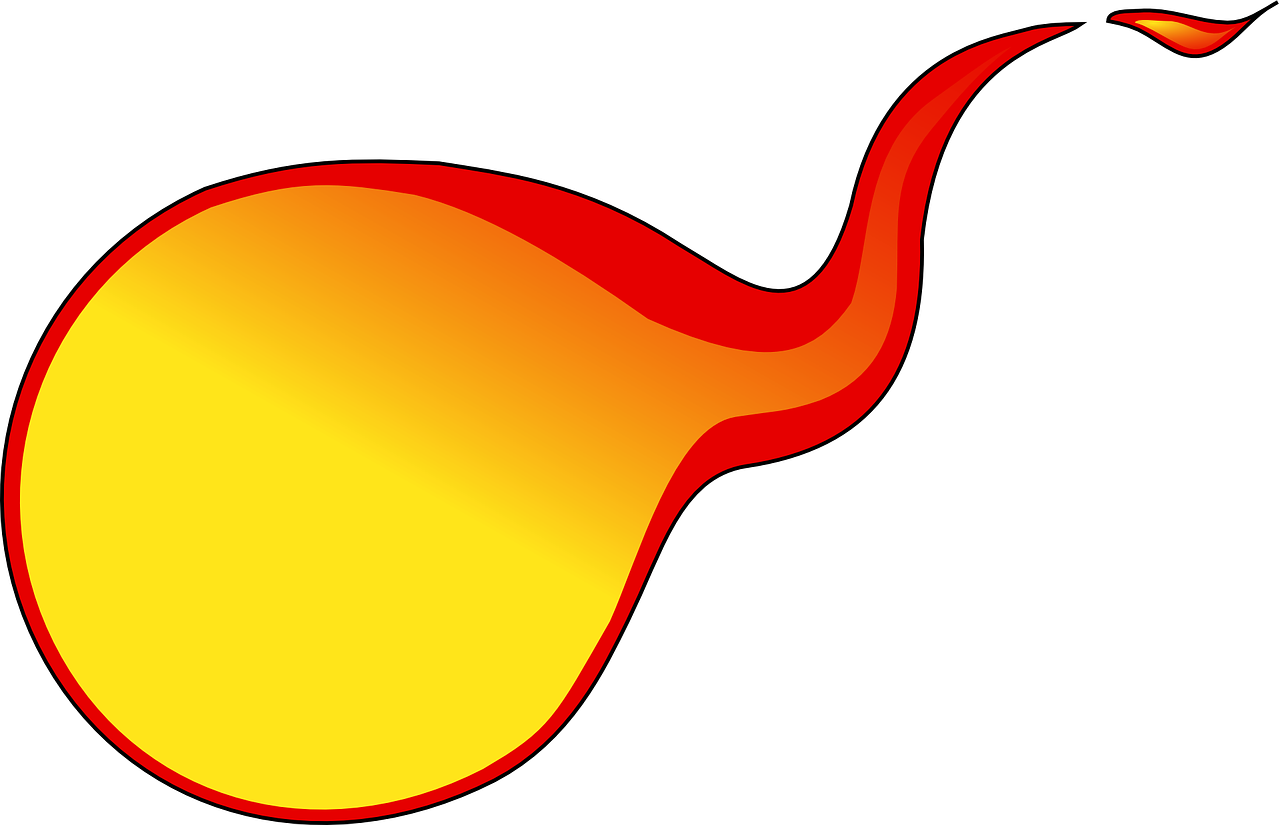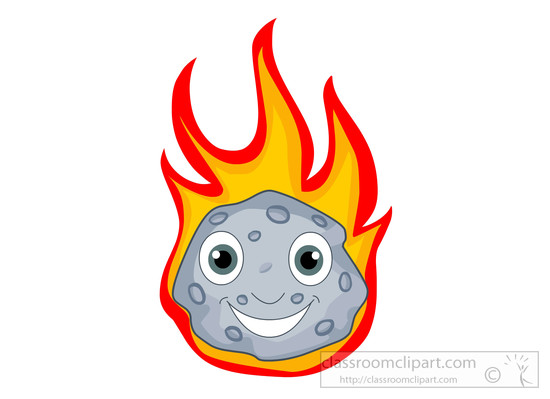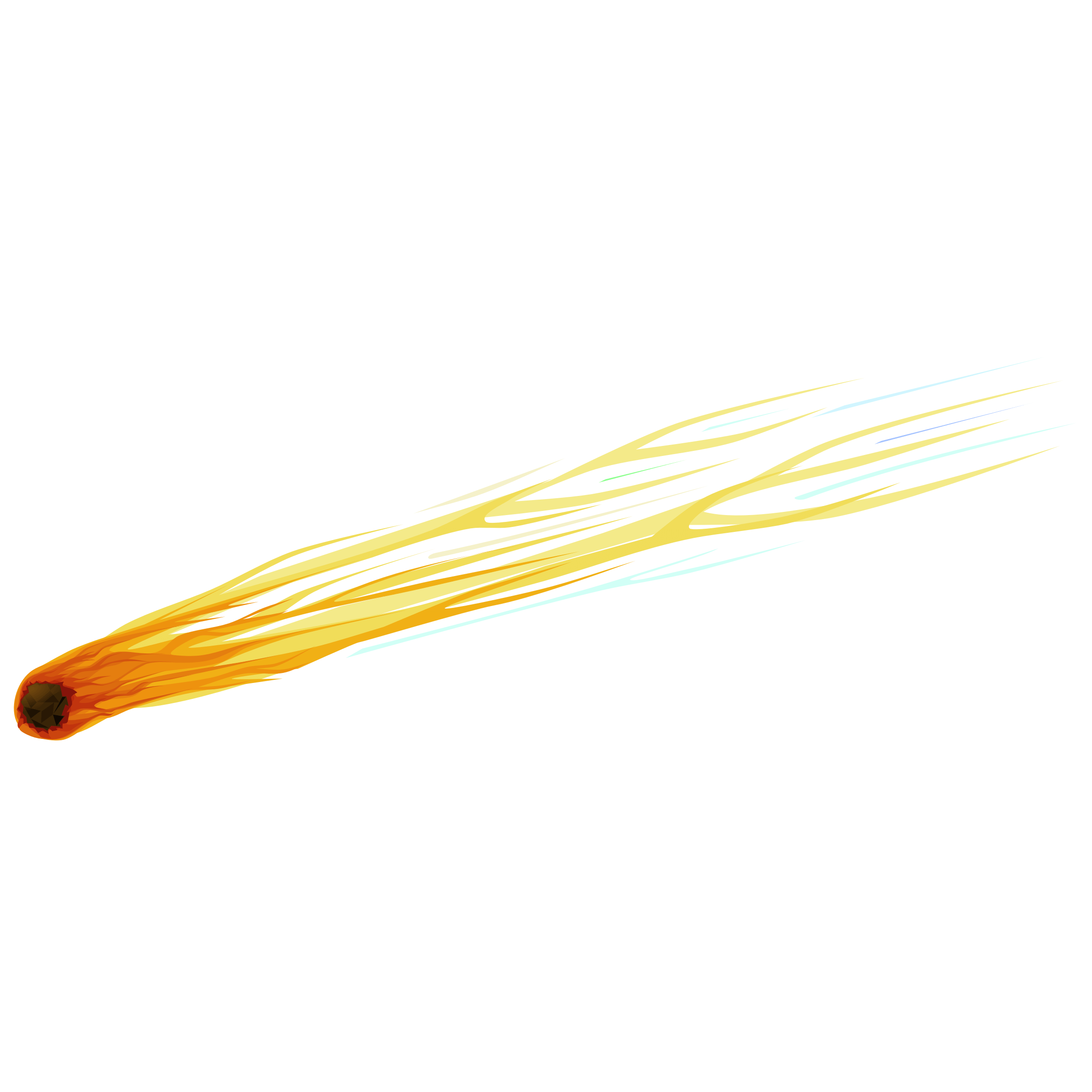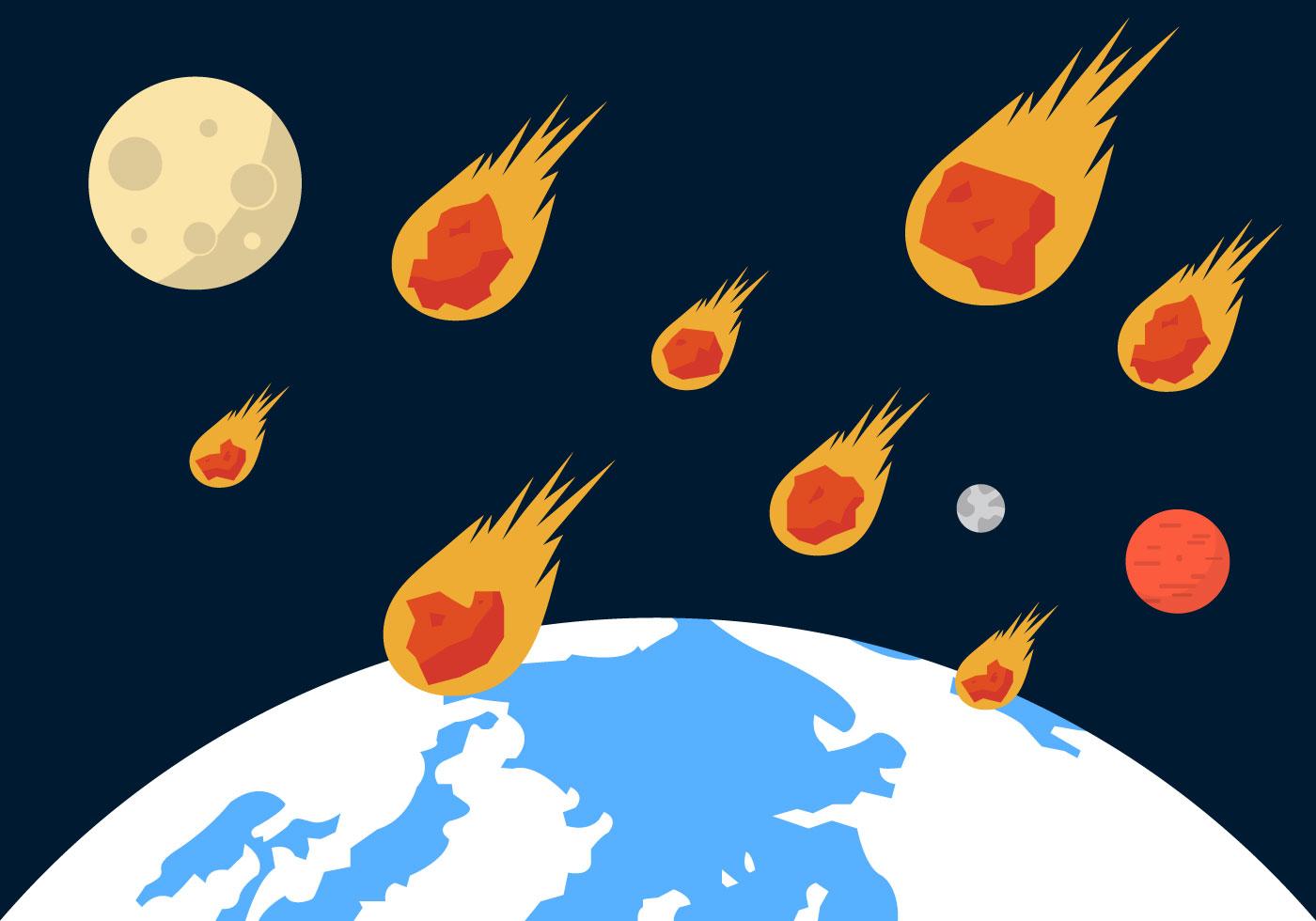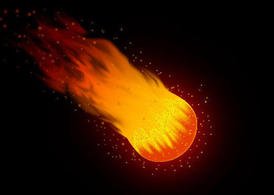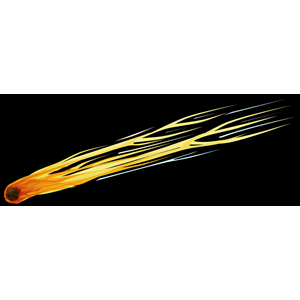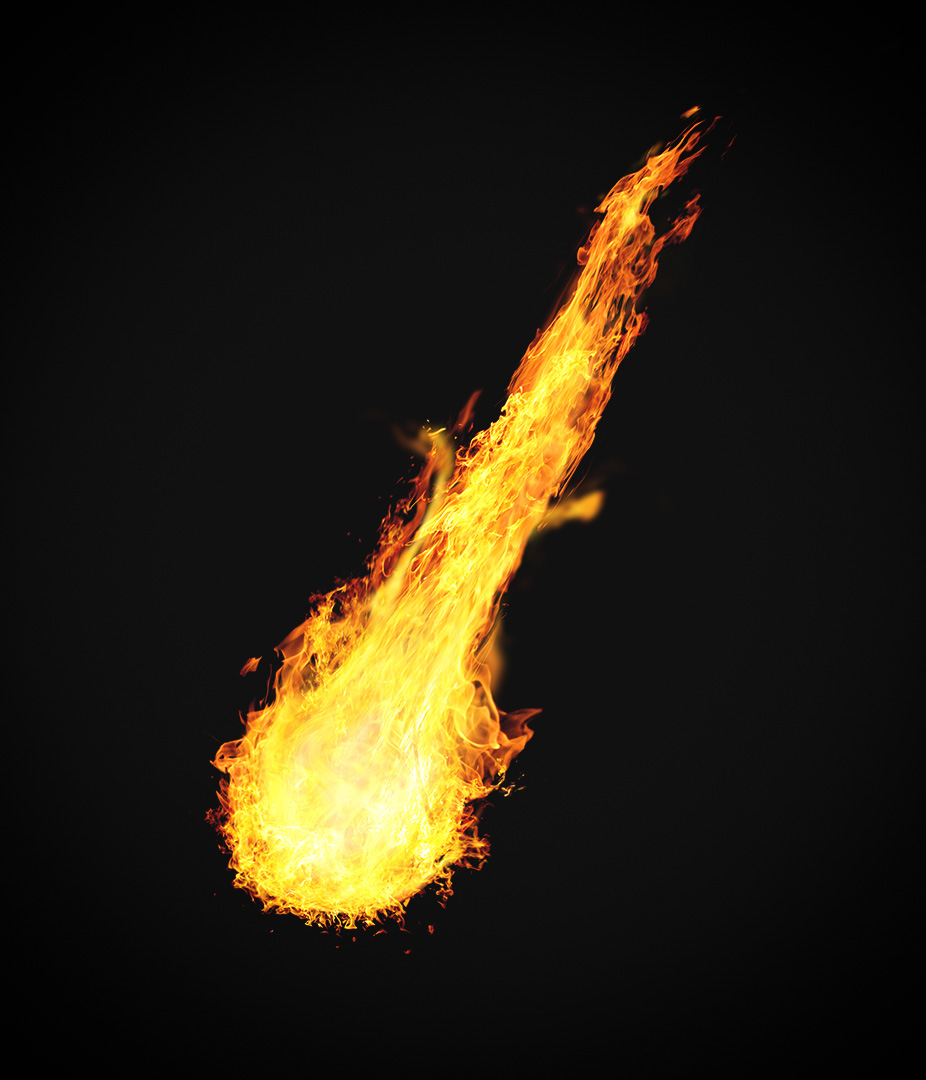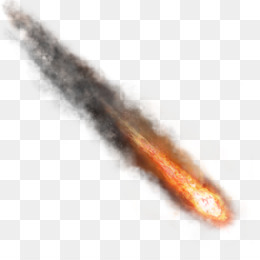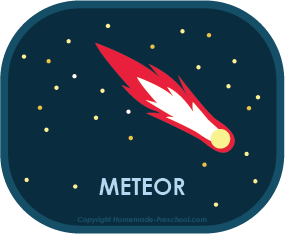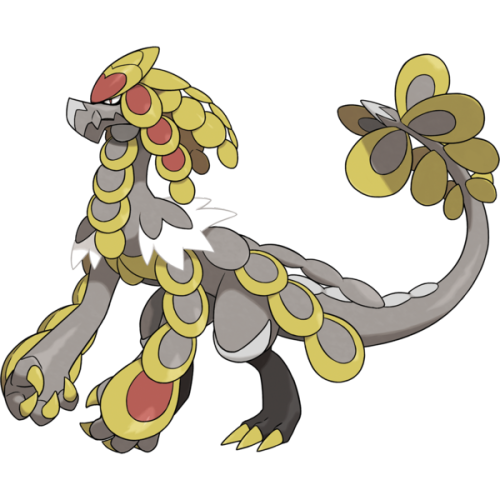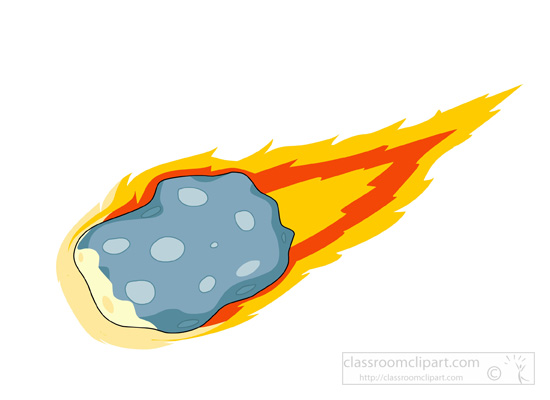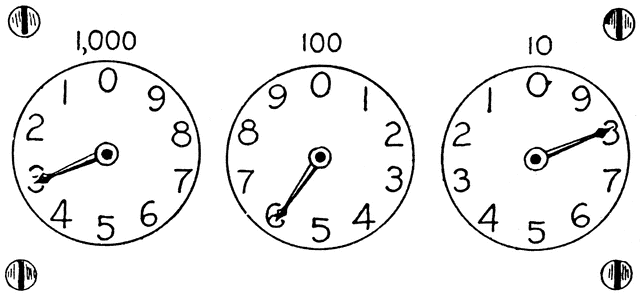Meteor Clipart
Meteors are streaks of light in the night sky caused by small particles and debris called meteoroids as they enter and burn up in earth’s atmosphere. The friction generates intense heat resulting in the illuminated phenomenon observed on clear nights across the globe in a display called meteor showers or shooting stars.
While meteors last for barely a second or two, the underlying scientific principles behind their dazzling displays and the jaw-dropping aftermath of rare large meteor impacts provide fascinating insights into our solar system’s history and composition.
Composition and Characteristics
Meteors become visible between 60 to 75 miles above earth. The parent object generating them, meteoroids, are vastly ranged – dust grain sized particles just a fraction of an inch to significantly larger rock fragments of several meters composed of silicates, iron and other solar system ingredients.
As meteoroids plunge towards earth at velocities exceeding 40,000 mph, tremendous heat results from atmospheric ram pressure converting the kinetic energy into light. Air sears their exterior causing material disintegration in streaking bursts we recognize as meteors or “falling stars”.
Meteor Showers
Meteor showers occur annually when earth crosses the orbital path of comet debris left behind in the wake of its passage. Aggregated cosmic detritus dispersed along the comet’s path ultimately coalesce into concentrated streams. As our planet intersects these meteoroid currents, it appears as though they radiate from a fixed point in the sky known as the shower’s radiant as vast quantities enter and burn up spectacularly over hours/days.
Well known examples include the Perseids peaking in August and Orionids in October. Meteor showers repeat on the same dates with activity directly proportional to the density of meteoroid particles present along earth’s orbital path each year.
Famous Meteor Impacts
Larger meteorites surviving passage result in spectacular visible detonations accompanied by significant shock waves when only a couple miles above surface. Fortunately, such incidents are a rare statistical probability.
Famous impacts like the fireball explosion over Chelyabinsk, Russia in 2013 which injured over 1,600 people shattered glass windows for several miles demonstrates the power unleashed. The rare formation of a meteor crater near Winslow, Arizona nearly 50,000 years ago is over 1 mile wide and 600 feet deep generated by an iron meteorite over 150 feet wide weighing 300,000 tons!
Asteroid Impacts vs Meteors
Potentially hazardous asteroids at least 500 feet wide merit monitoring by space agencies and astrophysicists evaluating threat trajectories relative to earth. If such bodies penetrate and impact, mass exctinctions seen 65 million years ago could recur. By contrast, typical meteors generate limited localized damage given their diminutive proportions but make for breathtaking pyrotechnic shows from a safely remote perspective.
Meteors in Science Fiction
Meteors evoke imagery of minimized planets and lost civilizations in sci-fi movies. They convey notions of journeying through vast endless space and symbolize agents of catastrophic change. Reflecting innate fascination yet unease with such unknown threats from above, themes incorporating meteors and asteroids as plot devices help manifest our aspirations and worst fears.
Meteors in Art History
Representations and interpretations of meteors, comets and celestial events appear in artwork by nearly every ancient culture. Often imbued with spiritual symbolism or seen as prophetic harbingers, they signified cosmic shifts like the birth of a leader or hero to come in ancient Egypt and Mesopotamia. Leonardo da Vinci systematically recorded and analyzed his observations of meteors and astronomical phenomena alongside art and inventions.
Meteors in Photography
From amateur astronomy hobbyists to leading nightscape photographers, digital cameras enable capturing meteors and annual showers with stunning clarity. Time lapse images artfully convey motion explicitly revealing earth rotation via star trails with bright ephemeral highlights as meteors flash across the frame. Meteor photography has connected skywatchers globally in shared delight through social media.
Meteor Icons and Clip Art
Simplified meteor shapes as graphic symbols outline key visual qualities universally associated with their mesmerizing displays across cultural boundaries. Jagged lightning bolt style zig zag streaks terminating in a bright ball or pinpoint depicts the visual profile indelibly etched in collective memory through the ages. Color schemes range from fiery reds, oranges and yellows signifying plasma trails to cooler blues and purples indicating cosmic origins.
Usage of Meteor Clipart
Meteor graphics are widely used for decorative purposes like printed fabrics to convey dynamism just as their placements in rings, pendants or tableware signifies celestial connections. More literal contexts include educational science diagrams explaining atmospheric entry physics or astronomer slide decks analyzing meteor radial velocities. Meteor clipart also features heavily in gaming, movies and other creative media leveraging public fascination with meteor phenomena to amplify visual impact.
Whether as embellishment or key visual motif, meteor vector clipart offers versatile pop culture symbolism for communicating motion, energy and magic!
In this page clipartix present 32 meteor clipart images free for designing activities. Lets download Meteor Clipart that you want to use for works or personal uses.
